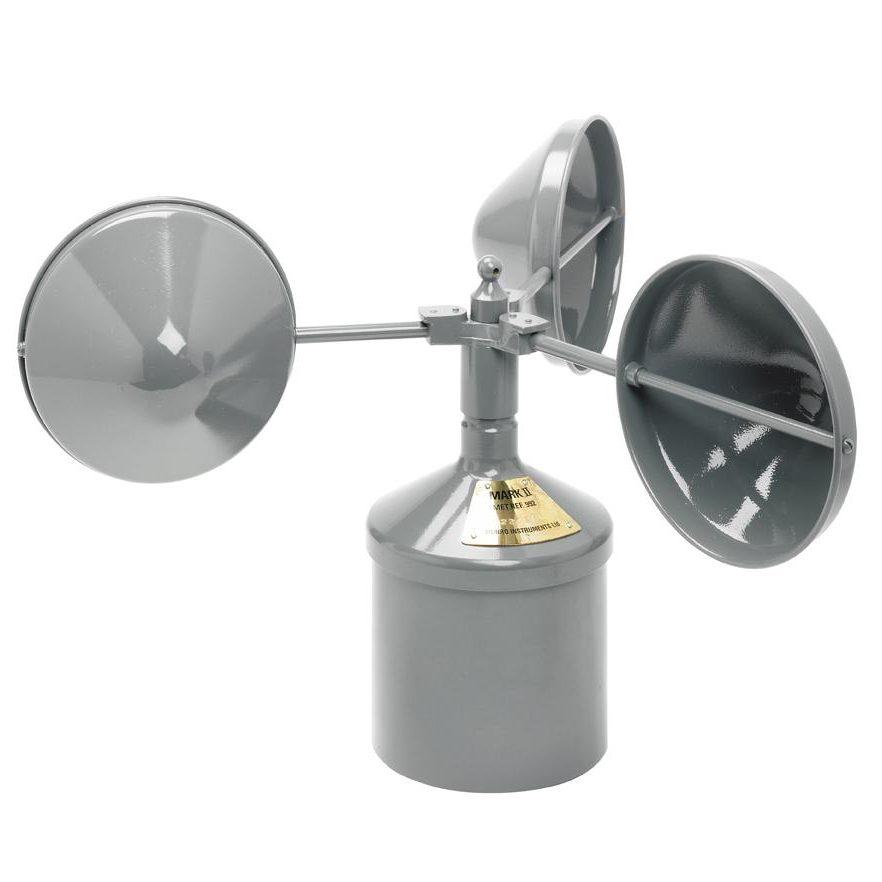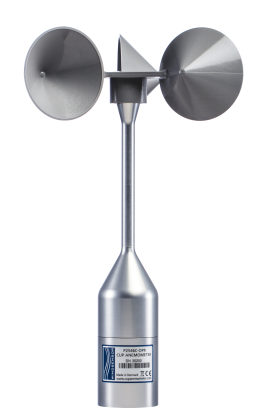Recognizing Different Types of Anemometers for Different Applications
Recognizing Different Types of Anemometers for Different Applications
Blog Article
Anemometers Revealed: Comprehending Their Importance in Ecological Monitoring and Safety Measures
The role of anemometers in environmental monitoring and precaution is frequently underestimated, yet their significance is indisputable. These instruments have a long history rooted in scientific query and technical improvements, progressing to become essential devices in different areas. From meteorology to aviation safety, anemometers play a vital function in offering exact information that notifies decision-making processes and boosts general safety and security. Understanding the intricacies of anemometers introduces a world of essential understandings that are essential to our understanding of the environment and the measures we require to guarantee security.
Background of Anemometers
The development of anemometers can be mapped back to the ancient human beings where primary wind gauging gadgets were initial utilized. These very early wind dimension tools laid the foundation for the advancement of extra sophisticated anemometers gradually. One of the earliest well-known anemometers was the hemispherical cup anemometer designed by Leon Battista Alberti in the 15th century. This design consisted of four hemispherical mugs that collected wind energy, supplying a dimension of its strength based on the speed of rotation.
In the 18th century, the prominent scientist John Thomas Romney Robinson presented the Robinson anemometer, which featured four hemispherical cups installed on horizontal arms that expanded from a main axis. This style came to be a standard in atmospheric dimensions because of its accuracy and reliability. Throughout the years, improvements in innovation led to the growth of more modern-day anemometers, consisting of ultrasonic anemometers and laser Doppler anemometers, supplying enhanced accuracy and efficiency in gauging wind speed and instructions. The history of anemometers showcases a remarkable trip of development and progress in the field of weather forecasting.
Sorts Of Anemometers
Throughout the area of weather forecasting, numerous types of anemometers have actually been developed to properly measure wind rate and direction. Sonic anemometers make use of ultrasonic signals to measure wind speed and instructions accurately. Hot-wire anemometers run based on the principle that the cooling impact of wind on a warmed wire is symmetrical to the wind speed.
Applications in Meteorology
Having actually reviewed the numerous kinds of anemometers utilized in weather forecasting for measuring wind rate and direction, it is crucial to discover their functional applications in the field. Anemometers play an essential function in weather forecasting by providing accurate and real-time data on wind conditions (anemometer). Meteorologists use anemometers to keep an eye on wind speed and instructions to forecast weather condition patterns, concern warnings for serious climate events like hurricanes, storms, and tornados, and analyze atmospheric problems for air travel security
In meteorology, anemometers help in understanding regional and regional wind patterns, which are crucial for anticipating climate modifications and identifying weather fads. These gadgets are also made use of in research study to study microclimates, metropolitan heat islands, and air contamination dispersion. In addition, anemometers are utilized in farming to maximize plant management practices, such as irrigation and pesticide application, based on wind problems.
Significance in Air Travel Safety
An essential element of making certain aviation security depends on the thorough monitoring of wind additional hints conditions utilizing anemometers. Anemometers play an important role in air travel by providing real-time data on wind speed and instructions, aiding pilots in making notified choices throughout take-off, trip, and touchdown. Strong and unpredictable winds can considerably impact aircraft operations, making it vital for aviation authorities to depend on accurate wind dimensions to make certain the safety and security of passengers and crew.

In the dynamic setting of air travel, where also small modifications in wind rate and direction can have profound impacts, anemometers stand as important devices for promoting secure and safe air travel.
Function in Environmental Research Study
Anemometers play a critical function in environmental research by offering vital information on wind speed and instructions. By properly gauging wind characteristics, anemometers aid scientists evaluate the activity of toxins in visit their website the air, evaluate the influence of industrial exhausts, and forecast the spread of contaminants in the setting.


Verdict
In conclusion, anemometers have actually played a critical duty in environmental surveillance and safety and security procedures. Comprehending the value of anemometers is vital for precisely measuring wind speed and direction, which is important for predicting weather patterns, guaranteeing secure aeronautics procedures, and performing ecological research studies.
One of the earliest well-known anemometers was the hemispherical mug anemometer invented by Leon Battista Alberti in the 15th century. Over the years, developments in technology led to the advancement of more modern-day anemometers, consisting of ultrasonic anemometers and laser Doppler anemometers, providing increased accuracy and effectiveness in determining wind speed and direction. Hot-wire anemometers run based on the principle that the cooling effect of wind on a heated cable is symmetrical to the wind speed. Meteorologists make use these details of anemometers to check wind rate and instructions to forecast weather patterns, concern cautions for serious climate occasions like storms, twisters, and hurricanes, and analyze climatic problems for aviation security.
Comprehending the relevance of anemometers is vital for precisely determining wind rate and instructions, which is crucial for predicting weather condition patterns, making sure safe aviation operations, and performing ecological research studies. (anemometer)
Report this page